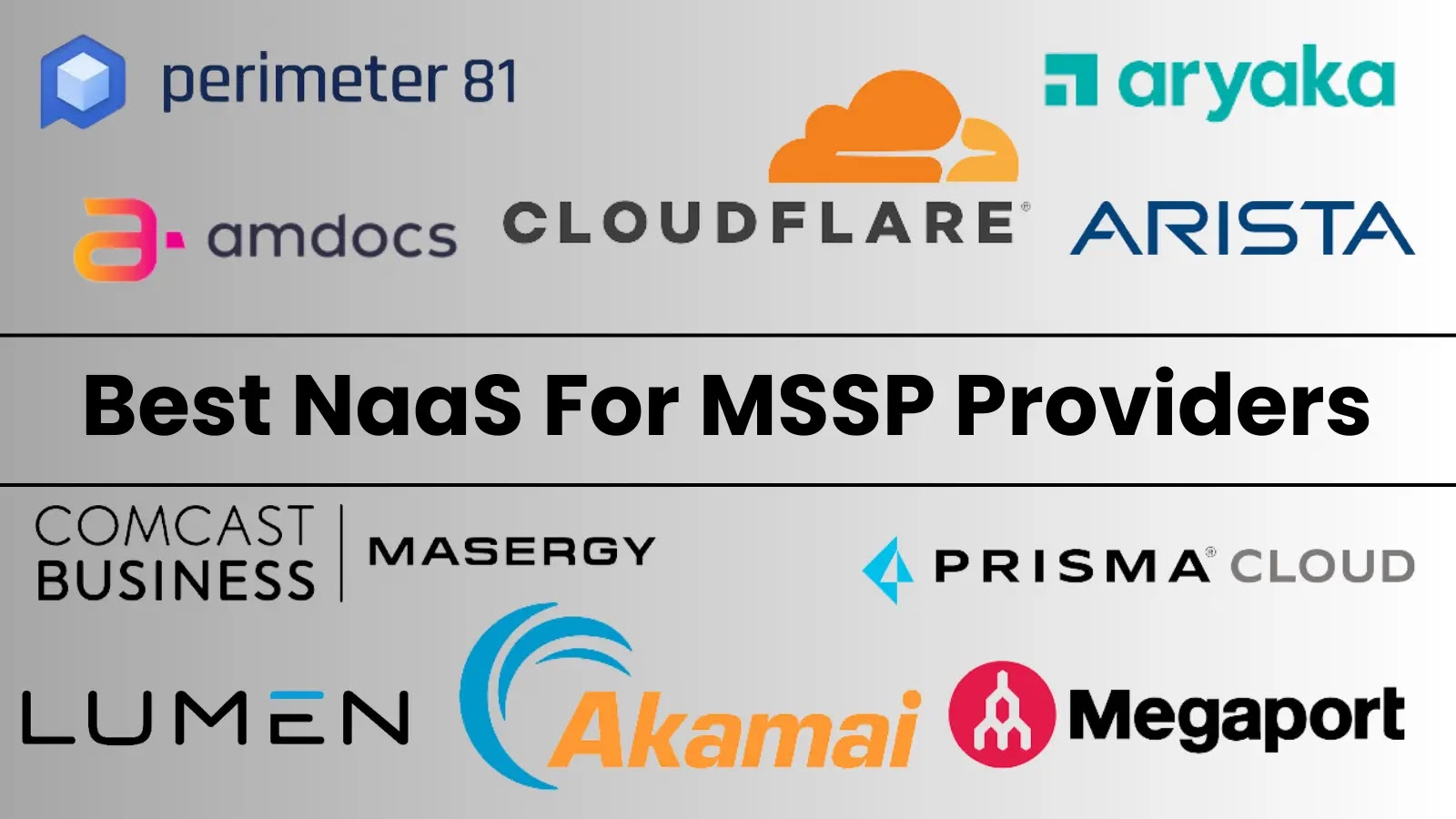Unveiling the Browser: The New Frontier in Enterprise Security Threats
The latest Browser Security Report 2025 highlights a significant shift in enterprise security dynamics, pinpointing the user’s browser as the convergence point for numerous identity, SaaS, and AI-related risks. Traditional security measures such as Data Loss Prevention (DLP), Endpoint Detection and Response (EDR), and Secure Service Edge (SSE) are proving inadequate, as they fail to address threats operating within the browser layer.
GenAI: A Leading Channel for Data Exfiltration
The integration of Generative AI (GenAI) tools into enterprise workflows has introduced substantial governance challenges. The report reveals that nearly half of employees utilize GenAI tools, predominantly through unmanaged personal accounts, thereby circumventing IT oversight. Key statistics include:
– 77% of employees input data into GenAI prompts.
– 82% of these inputs originate from personal accounts.
– 40% of uploaded files contain Personally Identifiable Information (PII) or Payment Card Information (PCI).
– GenAI is responsible for 32% of all corporate-to-personal data transfers.
Traditional DLP tools are ill-equipped to monitor this new avenue of data exfiltration, as the browser has become the primary medium for unmonitored copy-paste activities.
Emergence of AI-Powered Browsers as Threat Vectors
The advent of ‘agentic’ AI browsers, such as OpenAI’s Atlas, Arc Search, and Perplexity Browser, is redefining user interaction with the web by merging search, chat, and browsing into a unified, intelligent experience. These browsers integrate large language models directly into the browsing environment, enabling real-time reading, summarization, and reasoning over web content. While this enhances productivity, it also introduces significant security risks:
– Session Memory Leakage: Sensitive data may be inadvertently exposed through AI-driven personalization features.
– Invisible Auto-Prompting: Page content can be sent to third-party models without user awareness.
– Shared Cookies: Blurring of identity boundaries can facilitate potential session hijacks.
Without enterprise-grade safeguards, these AI browsers can bypass traditional security tools, creating an undetectable pathway for data exfiltration. Addressing this emerging vulnerability is crucial to prevent future data breaches and identity compromises.
Browser Extensions: An Unregulated Supply Chain
The report underscores the pervasive and unregulated nature of browser extensions within enterprises:
– 99% of enterprise users have at least one extension installed.
– Over 50% of these extensions require high or critical permissions.
– 26% are sideloaded, bypassing official store vetting processes.
– 54% are published by unverified Gmail accounts.
– 51% have not been updated in over a year.
– 6% of GenAI-related extensions are identified as malicious.
This scenario represents an unmanaged software supply chain embedded in every endpoint, posing significant security risks.
Identity Governance: A Browser-Centric Challenge
The report reveals critical gaps in identity governance:
– 68% of corporate logins occur without Single Sign-On (SSO).
– 43% of SaaS logins utilize personal accounts.
– 26% of users reuse passwords across multiple accounts.
– 8% of browser extensions access users’ identities or cookies.
These practices make it challenging for security teams to monitor access and enforce policies effectively. Attacks targeting browser session tokens, rather than passwords, have become increasingly prevalent, as demonstrated by incidents involving groups like Scattered Spider.
SaaS and Messaging Apps: Silent Data Exfiltration Channels
The shift from file uploads to browser-based pasting, AI prompting, and third-party plugins has led to unmonitored data exfiltration:
– 62% of pastes into messaging apps include PII or PCI.
– 87% of these occur via non-corporate accounts.
– On average, users paste four sensitive snippets per day into non-corporate tools.
Incidents like the Rippling/Deel leak illustrate that breaches can originate from unmonitored chat apps within the browser, without involving malware or phishing.
Limitations of Traditional Security Tools
Conventional security tools are not designed to monitor activities within the browser session, such as:
– Shadow AI usage and prompt inputs.
– Extension activity and code changes.
– Personal versus corporate account crossovers.
– Session hijacking and cookie theft.
This lack of visibility necessitates a new approach to browser security.
Advancing to Session-Native Controls
To regain control, security teams must implement browser-native visibility and controls that operate at the session level without disrupting user experience. Essential measures include:
– Monitoring copy-paste and uploads across applications.
– Detecting unmanaged GenAI tools and extensions.
– Enforcing session isolation and universal SSO.
– Applying DLP to non-file-based interactions.
A modern browser security platform can provide these controls without necessitating a switch to a new browser.
Conclusion
The Browser Security Report 2025 offers a comprehensive analysis of how the browser has become a critical and vulnerable endpoint in enterprise security. With insights from millions of real browser sessions, it highlights the shortcomings of traditional controls and outlines the steps top CISOs are taking to address these emerging threats.



